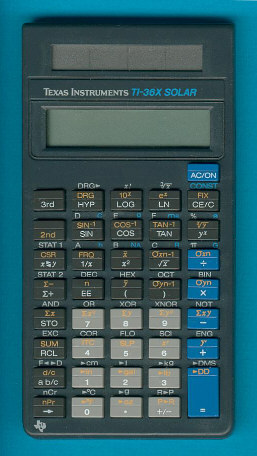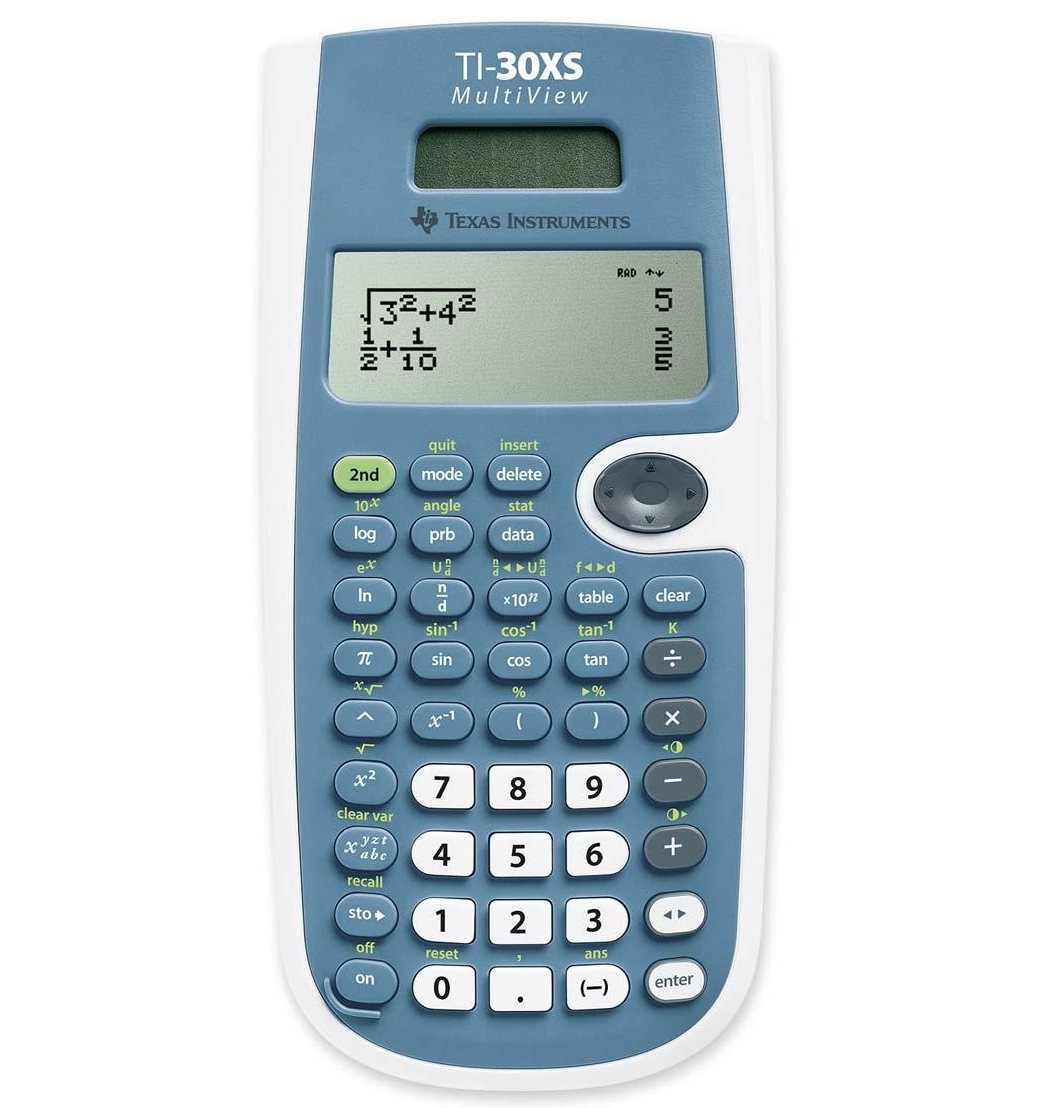

Where am I going to get a nice-feeling numeric keypad? That leaves one option, and it’s both the Hackaday and the Jedi way. The days of the standalone calculator are nearly gone, though, so what am I going to do? I’m certainly not going to shell out megabucks for an overly-fancy calculator, nor am I going to be lured by nostalgia into picking up an antique at the ridiculous prices they fetch online. Purpose-built tools tend to work much better for their purpose than devices that try to do everything. And, when I’m actually setting out to take good photos, a real camera instead of my cell phone’s.


The simple bench power supply over the programmable. The standalone audio recorder over my computer’s software. The fixed wrench over the adjustable wrench. I like stand-alone devices that do their one thing right, and I almost always pick them over their more complex, if also more capable, counterparts when I only need that function. Or maybe it’s an elegant tool from a more civilized age: the user experience is better because the tool is just simpler. Maybe it’s irrational calculator nostalgia. Maybe it’s because it doesn’t require a context-switch on the computer. Heck, I can even type calculations directly into the Unix world’s default editor.īut there’s something nice about the single-purpose device. Unit conversions? Units, or the Interwebs. And in terms of programming languages, the resources are far superior on my laptop. But why? Sure, I can run calculations on the very computer that I’m using to type right now. I want a proper desktop calculator from time to time. Why would I want something less powerful, when all that the calculator brings to the table is a bit of software? And that app can even be purchased for $20! Wait a minute! “Almost”? I have a smartphone in my pocket right now. And the calculator that he reviews is certainly powerful: with a screen, processor, and memory almost rivalling a mid-scale smartphone.
#Ti36x keypad layout code
Back in the day, the fanciest of scientific calculators had not just sin, cos, and tan, but were also programmable so that you could code in frequently used formulae. This week, Al Williams wrote up an article on what might be the last scientific calculator.


 0 kommentar(er)
0 kommentar(er)
